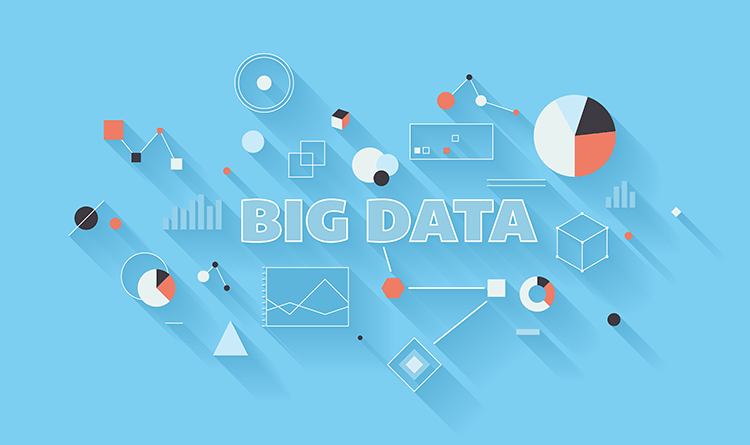
How Can Database Marketing Transform Your Business?
- Build a quality database with accurate, consent-based data.
- Segment your database to tailor messages for higher engagement.
- Personalize communications using dynamic content and multiple channels.
- Measure performance with KPIs, analytics, and A/B testing.
- Optimize campaigns based on data and customer feedback.
- Database marketing enhances customer connections for better results.
Create a robust, consent-driven database to fuel effective database marketing. Segment your database strategically for personalized, engaging messages. Enhance communications with dynamic content and multi-channel delivery. Measure success using KPIs and analytics, refining strategies with A/B testing. Optimize campaigns based on data insights and customer feedback. Embrace database marketing to forge stronger customer connections and achieve superior results in your marketing efforts.
Database marketing is a form of direct marketing that uses customer data to create personalized and relevant communications in order to promote a product or service. Database marketing can help businesses improve customer loyalty, increase conversions, and optimize marketing ROI. However, database marketing also requires careful planning, execution, and analysis to ensure its effectiveness and avoid common pitfalls. In this article, we will discuss some of the best practices for database marketing that can help you achieve your marketing goals.
Build a quality database
The first and most important step in database marketing is to build a quality database that contains accurate, complete, and up-to-date information about your customers and prospects. A quality database can help you segment your audience, target your messages, and measure your results. A poor database, on the other hand, can lead to wasted resources, irrelevant communications, and negative customer feedback.
To build a quality database, you need to:
- Collect data from various sources, such as your website, social media, email campaigns, surveys, events, transactions, customer service interactions, etc.
- Use opt-in methods to obtain consent from your contacts and comply with data privacy regulations.
- Validate and verify your data regularly to remove duplicates, errors, and outdated information.
- Enrich your data with additional attributes, such as demographics, preferences, behaviors, interests, etc.
- Store your data securely in a centralized platform that allows easy access, integration, and analysis.
Segment your database
Segmentation is the process of dividing your database into smaller groups based on common characteristics or criteria. Segmentation can help you tailor your marketing messages to the specific needs, wants, and expectations of each group. Segmentation can also help you improve your response rates, conversion rates, and customer satisfaction.
To segment your database effectively, you need to:
- Define your segmentation criteria based on your marketing objectives and customer insights. Some common criteria are geographic location, industry, company size, job role, purchase history, lifecycle stage, engagement level, etc.
- Use a combination of criteria to create more granular segments that reflect the diversity and complexity of your audience.
- Test and refine your segments periodically to ensure their relevance and accuracy.
Personalize your communications
Personalization is the process of customizing your communications to the individual preferences and behaviors of each contact. Personalization can help you increase the relevance and value of your communications and build stronger relationships with your customers. Personalization can also help you stand out from the competition and enhance your brand image.
To personalize your communications effectively, you need to:
- Use dynamic content that changes based on the attributes or actions of each contact. For example, you can use their name, location, purchase history, browsing history, etc. to create personalized greetings, offers, recommendations, etc.
- Use multiple channels to reach your contacts where they are most likely to engage with you. For example, you can use email, SMS, social media ads, push notifications, etc. to deliver personalized messages across different devices and platforms.
- Use triggers to send timely and relevant communications based on the events or behaviors of each contact. For example, you can send a welcome email when they sign up for your newsletter, a cart abandonment email when they leave items in their shopping cart, a reactivation email when they become inactive for a period of time, etc.
Measure and optimize your performance
Measurement is the process of tracking and analyzing the results of your database marketing campaigns. Measurement can help you evaluate the effectiveness and efficiency of your campaigns and identify areas for improvement. Measurement can also help you justify your marketing spend and demonstrate your contribution to the business goals.
To measure and optimize your performance effectively, you need to:
- Define your key performance indicators (KPIs) based on your marketing objectives and customer journey stages. Some common KPIs are open rate, click-through rate, conversion rate, retention rate , revenue , ROI , etc.
- Use tools such as Google Analytics , HubSpot , or CleverTap to collect, organize, and visualize your data across different channels and campaigns.
- Test different variables such as subject lines , headlines , images , offers , calls-to-action , etc. to find out what works best for each segment and channel.
- Implement feedback loops to collect customer feedback and use it to improve your communications and offerings.
Conclusion
Database marketing is a powerful way to connect with your customers and prospects in a personalized and relevant way. By following the best practices of database marketing, you can create more effective and efficient marketing campaigns that deliver value to your customers and your business.

